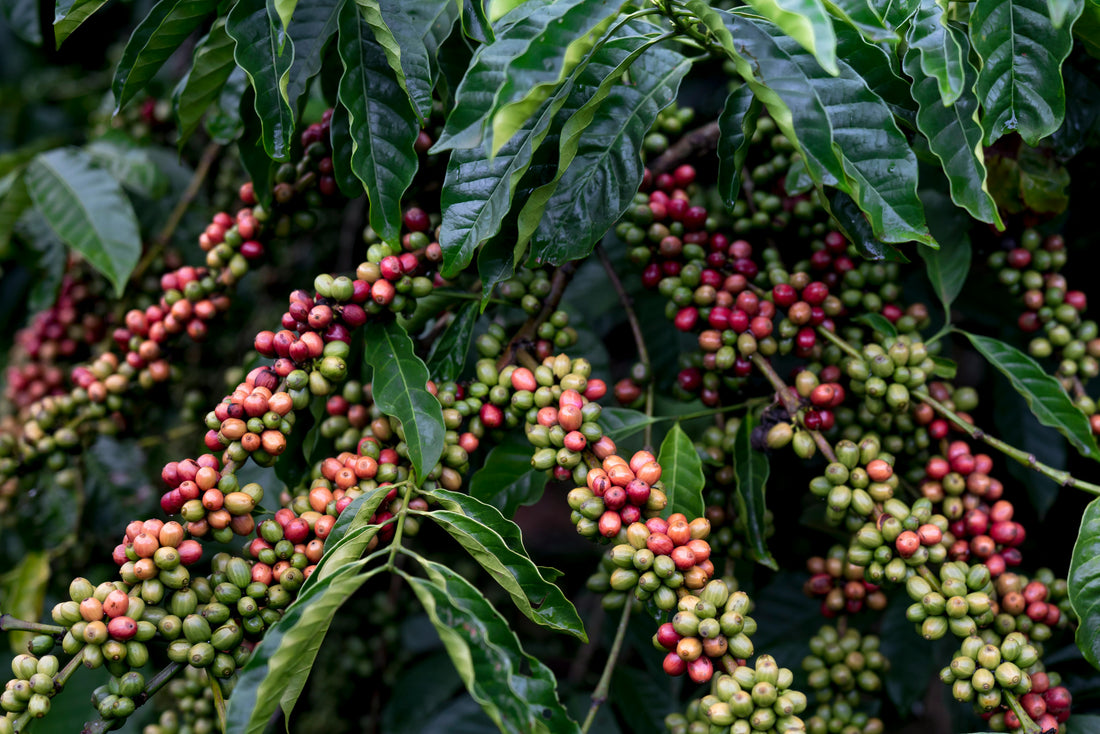
The Geisha Legacy: How Panama Became the Home of the World’s Most Iconic Coffee
When it comes to specialty coffee, few varieties have captured the world’s imagination quite like Geisha. Known for its fragrant jasmine aroma, bright citrus notes, and complex floral flavors, Geisha coffee has become synonymous with Panama’s reputation as a coffee powerhouse. But how did this extraordinary coffee variety find its roots in Panama, and why does it continue to captivate coffee lovers worldwide? Let’s explore the rich legacy of Geisha and its lasting impact on Panama’s coffee industry.

The Origins of Geisha Coffee
The Geisha variety originally hails from the forests of Ethiopia, where wild coffee plants grow naturally. It was introduced to Central America decades ago but didn’t gain widespread recognition until the early 2000s in Panama.
In 2004, the Peterson family of Hacienda La Esmeralda, located in the Boquete region of Panama, began cultivating Geisha coffee on their estate. When they first brought it to international competitions, it stunned judges and buyers alike with its unprecedented flavor profile—delicate yet vibrant, with floral and tropical fruit notes unlike any other coffee at the time.
Panama’s Volcanic Highlands: The Perfect Terroir
Boquete’s unique environment helped unlock Geisha’s potential. The combination of:
-
High altitude (1,200-1,800 meters above sea level),
-
Volcanic soils rich in minerals,
-
Microclimates with cool nights and consistent rainfall,
created the ideal conditions for the slow maturation of coffee cherries, allowing complex flavors to develop fully.
This terroir, combined with meticulous farming and processing techniques, gave Panama’s Geisha coffees a distinctive elegance and balance that set a new standard for specialty coffee worldwide.
Geisha’s Global Breakthrough and Its Impact
Hacienda La Esmeralda’s Geisha won the inaugural Best of Panama competition in 2004, drawing worldwide attention to Panama’s coffee industry. Since then, Geisha has become the gold standard for luxury coffee, fetching record-breaking prices at auctions and earning devoted followers among coffee connoisseurs.
The success of Geisha inspired other Panamanian farmers to adopt the variety and experiment with processing methods like washed and natural, further enriching the country’s coffee landscape.
Why Geisha Remains So Special
-
Unique Flavor Profile: Geisha’s signature jasmine aroma, bergamot citrus, and honeyed sweetness create a sensory experience that coffee lovers crave.
-
Rarity: Geisha plants yield less than traditional varieties, making the coffee rarer and more exclusive.
-
Innovation: Panamanian producers continue to refine cultivation and processing methods, producing small-lot, high-quality lots that command premium prices.
-
Cultural Identity: Geisha has become a source of pride for Panama, symbolizing the country’s commitment to quality, craftsmanship, and sustainable farming.
The Future of Geisha and Panama Coffee
Panama’s Geisha coffee continues to evolve. New generations of farmers are blending tradition with innovation, exploring new micro-lots and experimental processes to push boundaries even further.
The legacy that began with the Peterson family’s pioneering efforts now includes a vibrant community of growers, buyers, and coffee lovers dedicated to preserving and elevating Panama’s place on the global coffee map.
Closing Thoughts
The Geisha legacy is a testament to vision, perseverance, and the magic of place. It reminds us that great coffee is more than just a drink it’s a story of land, people, and passion.
Next time you sip a cup of Panamanian Geisha, you’re tasting history and the future of specialty coffee.
